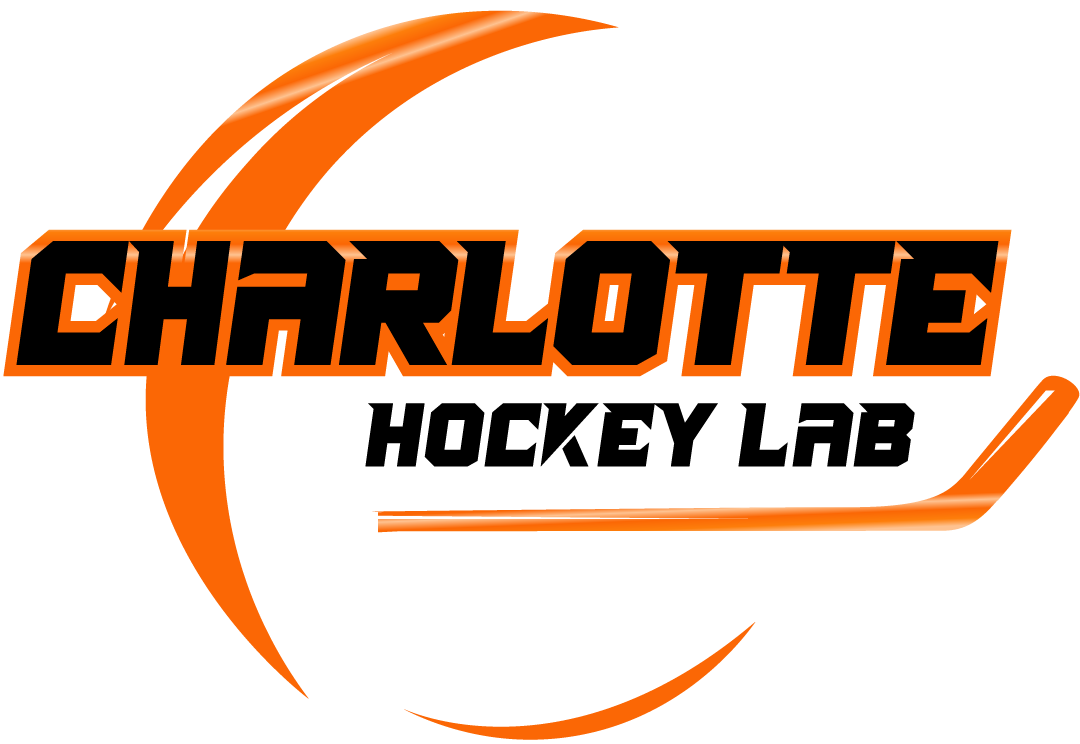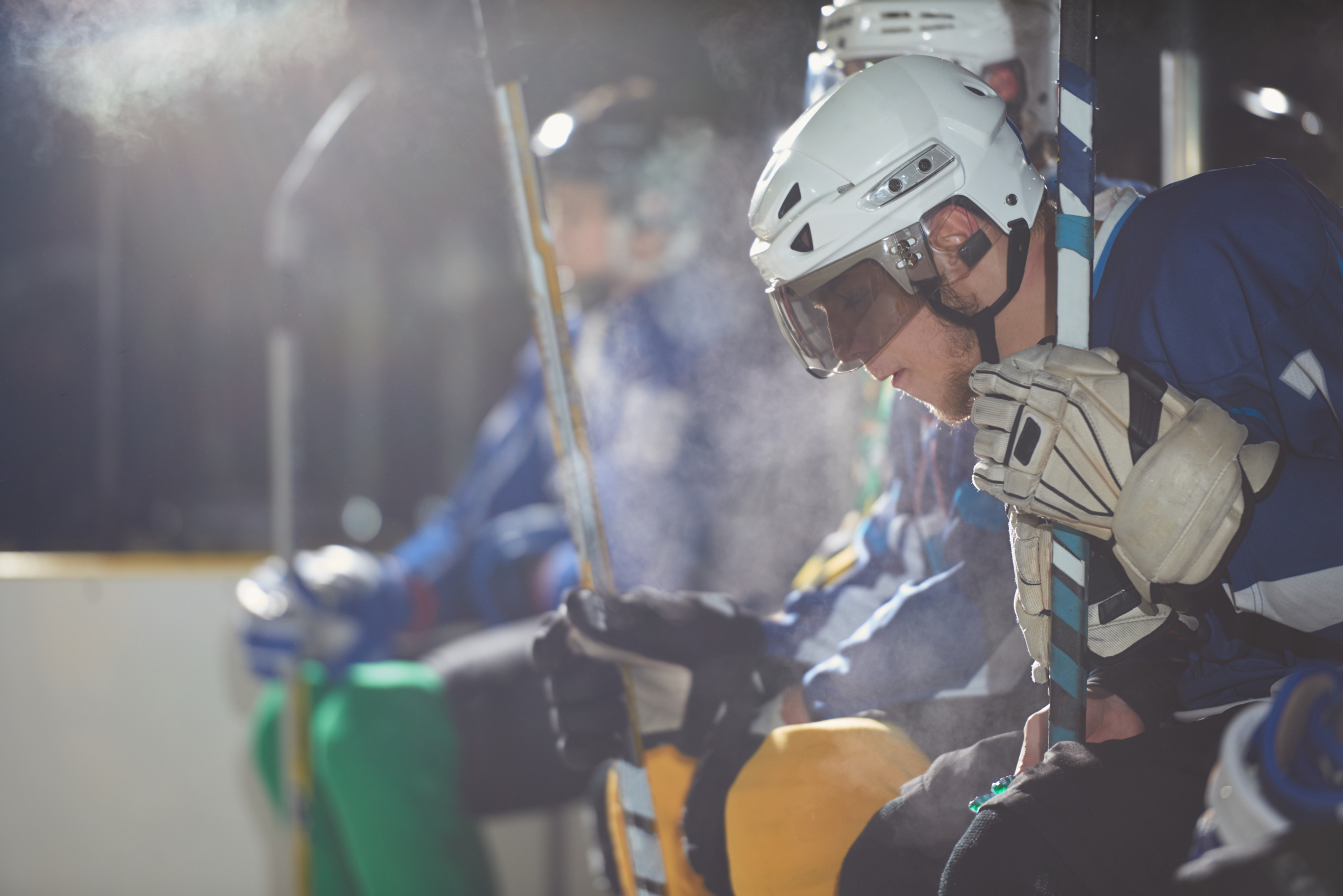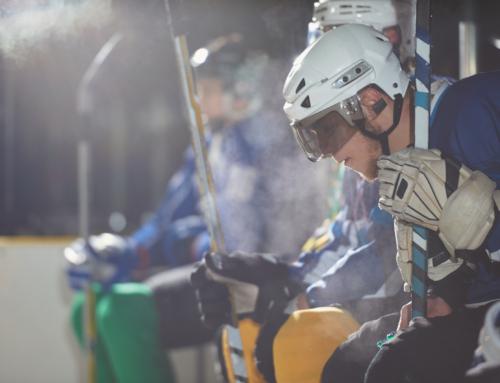Charlotte Hockey Lab: Revolutionize Your Game with Advanced Hockey Off-Ice Training Routines
Unlock Your Potential: The Power of Advanced Off-Ice Hockey Training
In the dynamic and demanding world of modern hockey, success isn’t solely forged on the ice. A significant advantage is gained through dedicated and intelligent hockey off-ice training routines. Gone are the days when a simple jog and a few push-ups sufficed. Today, elite players understand that comprehensive off-ice conditioning is the bedrock of on-ice performance, translating directly into enhanced speed, power, agility, and endurance.
Advanced off-ice training goes beyond generic workouts. It’s about a strategic, integrated approach that meticulously prepares an athlete’s body for the unique demands of hockey. This type of training focuses on developing kinetic chains, refining movement quality, and building savage strength while maintaining lean mass, mobility, and quickness. It’s the commitment to structured, science-backed training that truly distinguishes a player’s potential.
The Charlotte Hockey Lab Difference: Technology-Driven Development
At Charlotte Hockey Lab, we understand that conventional training can only take you so far. That’s why we’ve revolutionized the approach to advanced off-ice hockey training by integrating cutting-edge technology with expert coaching. Our facility is designed to offer a unique, results-driven environment for players of all levels.
Unlike traditional gyms or self-guided workouts, Charlotte Hockey Lab provides access to state-of-the-art equipment such as high-performance skating treadmills and the RapidShot shooting system. These tools allow for precise, measurable training that directly mimics on-ice scenarios, providing immediate feedback and tracking progress with unparalleled accuracy. Our dedicated facility is built for focused development, offering individual lanes and stations for personalized sessions. We empower players to train their way, on their schedule, without the need for a team or coach, making elite training accessible and flexible. Learn more about our technology and how it elevates your game.
Core Components of Advanced Hockey Off-Ice Training Routines
A truly effective off-ice program for hockey players is holistic, addressing every physical attribute essential for peak performance. According to experts, a comprehensive hockey workout structure should ideally include:
- Dynamic Warm-Up: Prepares the body for activity, increasing blood flow and muscle elasticity.
- Prehab & Mobility: Targets specific imbalances and restrictions common in hockey players, crucial for injury prevention and improving range of motion. This is an area often overlooked but critical for long-term athlete health.
- Athleticism & Speed Training: Focuses on developing explosive power, quick feet, and multi-directional speed.
- Strength & Power Blocks: The core of the workout, emphasizing full-body movements that build functional strength for the ice.
- Extra Conditioning/Core/Mobility Work: Intentional “finishers” that develop specific energy systems, enhance core stability, or further improve flexibility.
- Cool Down: Aids in recovery and helps in returning the body to a relaxed state.
This structured approach ensures that players are not just getting stronger, but are building the specific type of strength, power, and endurance required to excel in hockey. Relentless Hockey provides an in-depth guide to structuring these workouts, emphasizing a full-body approach over isolated muscle group training.
Building Explosive Speed and Agility: Drills for On-Ice Dominance
Speed and agility are paramount in hockey. Off-ice training for these attributes should be highly specific and intentional. It’s not just about “quick feet” drills, but about developing the neuromuscular pathways for explosive acceleration, rapid deceleration, and efficient changes of direction. This includes:
- Linear Speed Drills: Sprints and resisted sprints to improve straight-line acceleration.
- Lateral and Multi-Directional Drills: Cone drills, ladder drills (focused on purposeful movement, not just speed), and shuttle runs to enhance lateral movement and agility.
- Plyometrics: Jump training (box jumps, broad jumps, lateral bounds) to develop explosive power for quick bursts and powerful strides.
- Change of Direction (COD) Drills: Designing drills that force players to react and change direction, mimicking game-like situations.
Each drill should be performed with maximum intensity and sufficient rest to ensure quality over quantity, focusing on training the nervous system for optimal output.
Strength and Conditioning: Fueling Your Game Beyond the Rink
The weight room is where hockey players build the resilience and power needed for every shift. Strength training for hockey players should be full-body and focused on compound movements that recruit multiple muscle groups, reflecting the integrative nature of on-ice performance. Key movement patterns to include in every workout are:
- Squat Pattern: Goblet squats, front squats, box squats for lower body power and stability.
- Hinge Pattern: Deadlifts (trap bar, Romanian) for developing powerful glutes and hamstrings, crucial for skating stride.
- Lunge Pattern: Reverse lunges, split squats for unilateral strength and balance.
- Upper Body Push: Incline presses, overhead presses for shooting and battling.
- Upper Body Pull: Pull-ups, rows for balance, stick handling, and defensive strength.
Conditioning for hockey players demands a focus on high-intensity interval training (HIIT) off the ice, replicating the stop-start nature of a hockey shift. This type of training builds the specific energy systems required to dominate an entire game, ensuring players can maintain peak performance from the first whistle to the last.
Mastering Puck Skills Off-Ice: Precision Shooting and Stickhandling
While the ice is the ultimate proving ground, significant strides in puck skills can be made off-ice. Off-ice shooting and stickhandling drills are invaluable for developing precision, power, and soft hands. Utilizing specialized equipment, players can refine their technique without the pressure of ice time constraints.
- Shooting Lanes: Practice shooting with proper mechanics, focusing on weight transfer, follow-through, and accuracy.
- Stickhandling Pads and Balls: Develop quick hands, puck control, and creative stick movements.
- Reactive Shooting Systems: Tools like the RapidShot provide instant feedback on shot speed and accuracy, helping players identify areas for improvement and track their progress effectively.
Consistent off-ice skill work reinforces proper habits, builds muscle memory, and translates into more confident and effective play on the ice.
The Mental Edge: Psychological Preparation for Peak Performance
Physical prowess alone is not enough to succeed in hockey. Mental toughness, focus, and resilience are equally vital. Off-ice training extends to psychological preparation, helping players manage pressure, maintain composure, and make smart decisions under stress. This can include:
- Visualization Techniques: Mentally rehearsing game scenarios, successful plays, and overcoming challenges.
- Goal Setting: Establishing clear, achievable objectives for training and performance.
- Mindfulness and Breathing Exercises: Techniques to improve focus, reduce anxiety, and enhance decision-making under pressure.
- Learning from Experience: Analyzing successes and failures to adapt and grow.
A strong mental game ensures that all the physical preparation can be effectively applied when it matters most.
Recovery and Injury Prevention: Sustaining Your Peak Performance
To sustain peak performance throughout a grueling season, recovery and injury prevention must be integral components of any hockey off-ice training routines. Neglecting these aspects can lead to burnout, decreased performance, and increased risk of injury. Key elements include:
- Mobility Work: Consistent stretching and dynamic movements to improve range of motion, reducing stiffness and enhancing flexibility, particularly in the hips, ankles, and thoracic spine.
- Prehab Exercises: Targeted strengthening of stabilizer muscles and addressing muscle imbalances to prevent common hockey-related injuries.
- Proper Nutrition and Hydration: Fueling the body with adequate nutrients and staying well-hydrated to support muscle repair and energy levels.
- Adequate Rest and Sleep: Allowing the body sufficient time to recover and rebuild, which is crucial for nervous system recovery and muscle growth.
- Active Recovery: Light activities like walking or cycling on rest days to promote blood flow and reduce muscle soreness.
Prioritizing recovery ensures that players can consistently perform at their best and prolong their hockey careers.
Revolutionize Your Game: Train Differently at Charlotte Hockey Lab
The journey to elite hockey performance demands more than just ice time; it requires a commitment to comprehensive, advanced hockey off-ice training routines. Charlotte Hockey Lab provides the perfect environment for athletes dedicated to elevating their game. With our state-of-the-art facility and innovative approach, we offer the tools and space you need to develop explosive power, unmatched agility, superior puck skills, and mental fortitude.
Whether you’re looking to refine specific techniques, build foundational strength, or enhance your overall athletic profile, Charlotte Hockey Lab is your destination. Experience the future of hockey training and unlock your full potential. Visit Charlotte Hockey Lab today to see how we can help you revolutionize your game.
Visit our Contact Us page.

We use only the finest ingredients to produce stellar tastes.












